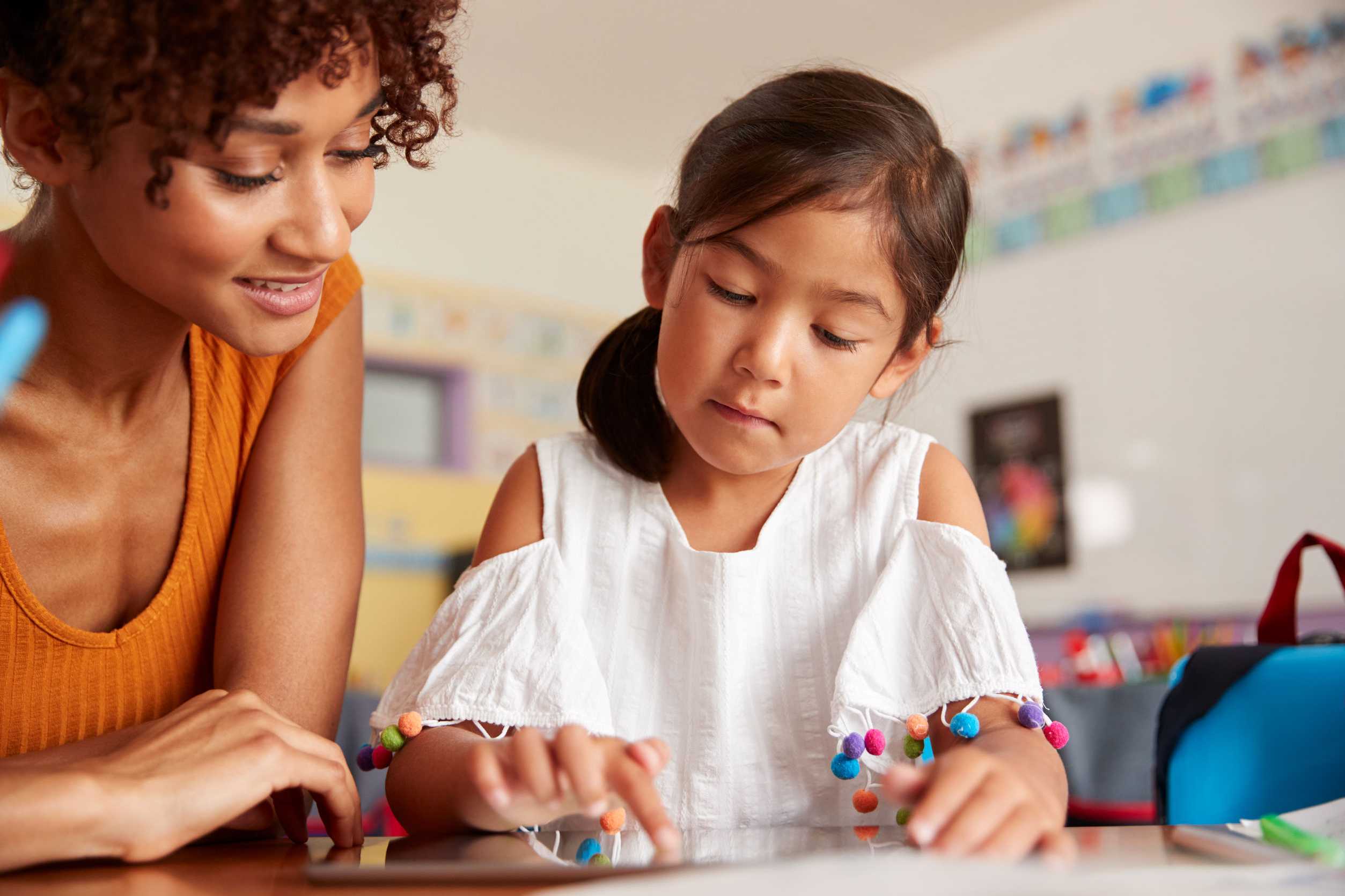
This is an excerpt of an article posted on Psychology Today, featuring Housman Institute.
Bibliotherapy is the “use of reading matter for therapeutic purposes in the treatment of nervous disorders”1 and was recorded in the 1929 U.S. Veterans’ Bureau Med. Bulletin as the “[u]se of books as a form of treatment in neuropsychiatrist hospital."2 Researchers Heath and Young explain that the “basis for bibliotherapy is grounded in principles of cognitive behavioral therapy: what we think and how we feel impacts our behavior (Butler, Chapman, Forman, and Beck, 2006; Friedberg et al., 2014)."3
There are two different types of bibliotherapy:
This post alongside a previous one, "How Fiction Affects Children's Social-Emotional Learning," focuses on the former: developmental bibliotherapy to support growing children’s SEL.
For both children and for adults, reading has been suggested to improve theory of mind, empathy, self-management, and the need for cognitive closure. Though numerous studies have proffered the success of integrating SEL into the classroom curriculum, studies also reveal that shared book reading at home has significant and positive effects on children’s social and emotional learning. Moreover, studies also show that shared book reading at home exposes children to a greater variety of emotional and mental states than shared play at home. And while reading fiction can have profound cognitive and emotional impacts on children through shared reading in itself, the more explicit a parent-caregiver was in discussing the social and emotional issues, the greater the impact on children’s social and emotional behavior.
The Housman Institute, a research foundation focusing on emotional, cognitive, and social early learning (ECSEL), emphasizes the centrality of causal talk: “Causal talk, or CT, refers to the important conversations about emotions between children and adults. CT happens during regulated moments to help children learn more about their own emotions and the emotions of others."5 Lauren Sturtz explains what this looks like, asking open-ended questions that pertain to the four quadrants of emotional learning when reading stories:
Quadrant 1: Emotional identification
Quadrant 2: Emotional understanding
Quadrant 3: Emotional expression
Quadrant 4: Emotional regulation
Building these types of questions organically into storytime helps to foster a child’s ability to identify, understand, express, and regulate emotions. Drawing on questions from the different quadrants helps to build emotion vocabulary (Quadrant 1), critical thinking about the relationship between what happens and their behavior (Quadrant 2), and problem-solving, agency, and empathy (Quadrants 3 and 4).
As part of their “Building Social Skills With Books” initiative through Brigham Young University’s McKay School of Education, Heath and Young have generated an extensive list of books for each SEL area.6 The below list is a sampling:
Portis, Antoinette. Wait. Roaring Brook Press, 2015. Grade Level Interest: K - 2
Garay, Luis. Pedrito’s Day. Scholastic Canada, 1997. Grade Level Interest: K - 3
DePaola, Tomie. The Art Lesson. Putnam & Grosset Group, 1997. Grade Level Interest: K - 1
Cornwall, Gaia. Jabari Jumps. Library Ideas, 2018. Grade Level Interest: K ‐ 3
Stover, Jo Ann. If Everybody Did. Bob Jones University Press, 1989. Grade Level Interest: K - 3
Castillo, Lauren, and Christopher Gebauer. Nana in the City. Findaway World, 2020. Grade Level Interest: Pre-K to 3
As we visit the library or bookstore and curate book collections that address specific social and emotional areas, we provide children with a rich resource for building emotional vocabulary, critical thinking skills, problem-solving abilities, agency, and empathy. By embracing the potential of developmental bibliotherapy at home, we empower children to navigate the complexities of their emotions and cultivate essential social and emotional skills for a fulfilling and well-rounded future.
Read the full article on Psychology Today.
Housman Institute, LLC
831 Beacon Street, Suite 407
Newton, MA 02459
info@housmaninstitute.org
(508)379-3012
Explore
Our Products
Legal
Connect
Contact
Join our Mailing List!
Subscribe to receive our newsletter, latest blogs, and SEL resources.
We respect and value your privacy.